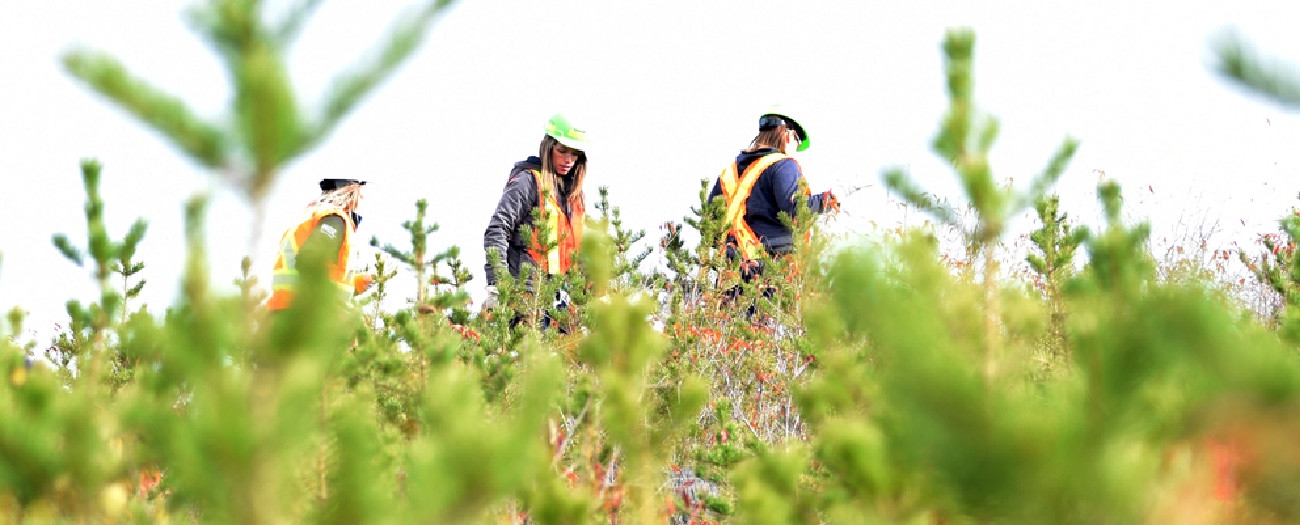Oil sands operators continue to work towards reclaiming Northern Alberta’s landscape
Fort McMurray - July 27, 2021Reclamation is a vital part of the energy development lifecycle beginning at the application stage as part of the review process, right until the project's conclusion. In short, when a company applies for an energy development project—regardless of the project's size or kind—it must have a plan in place to reclaim the site once the project is over. Learn more about how the AER oversees reclamation.
North of Fort McMurray is home to a variety of oilsands projects that have or are undergoing reclamation efforts including the Crane Lake Natural Trail, Bison Viewpoint, Wapisiw Lookout, and the Wood Bison Gateway and the Matcheetawin Discovery Trails.
Featured below are reclamation activities at two of the largest oilsands companies in the region Syncrude Canada and Suncor Energy.
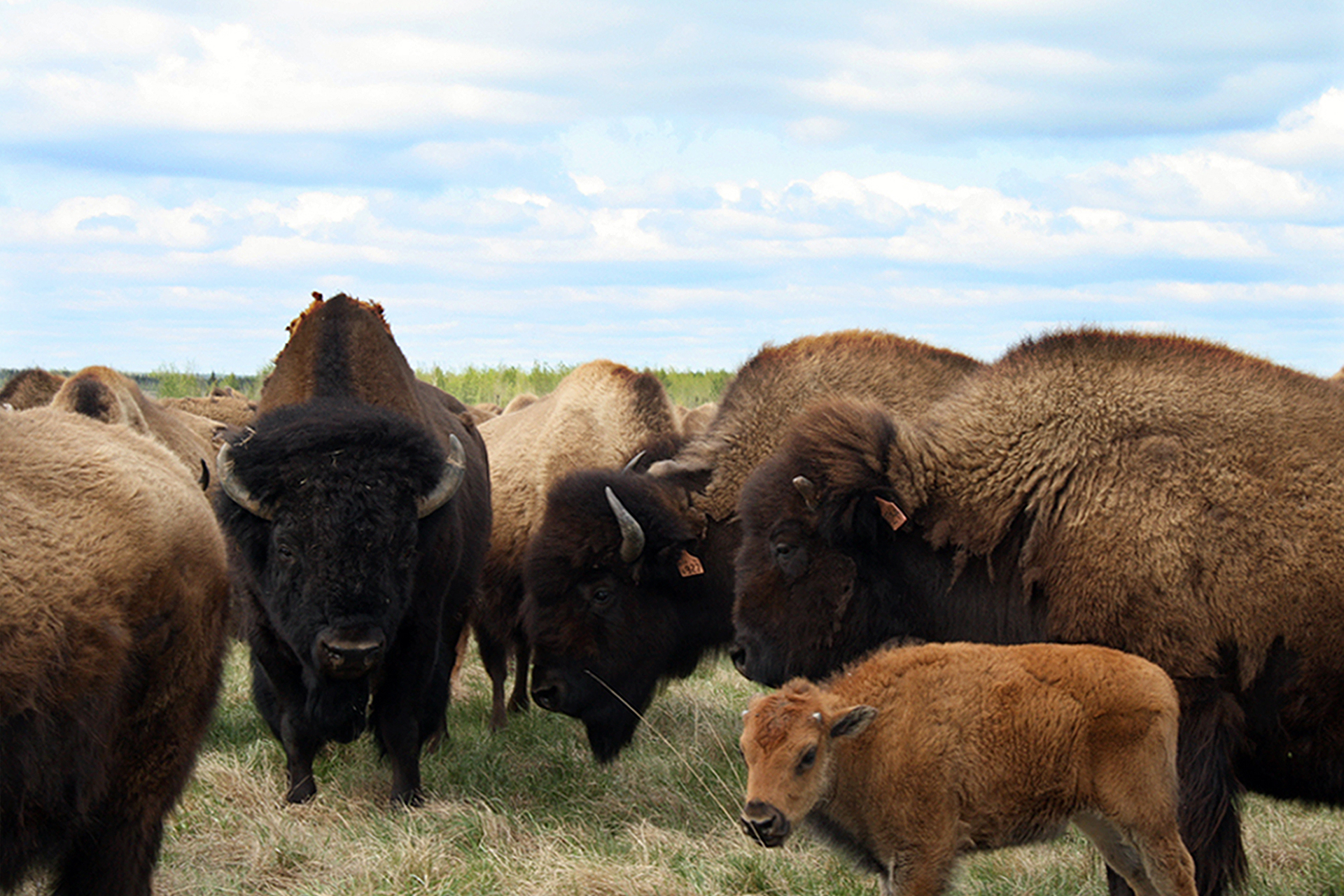
Where do the buffalo roam? For more than 30 years, they have roamed north of Syncrude Canada on the Beaver Creek Wood Bison Ranch, part of Mildred Lake's former mine site. The ranch, a joint venture between Fort McKay First Nation and Syncrude, began operations in 1993 with six mature cows, 15 male calves, and nine female calves. Today the ranch is home to hundreds of bison.
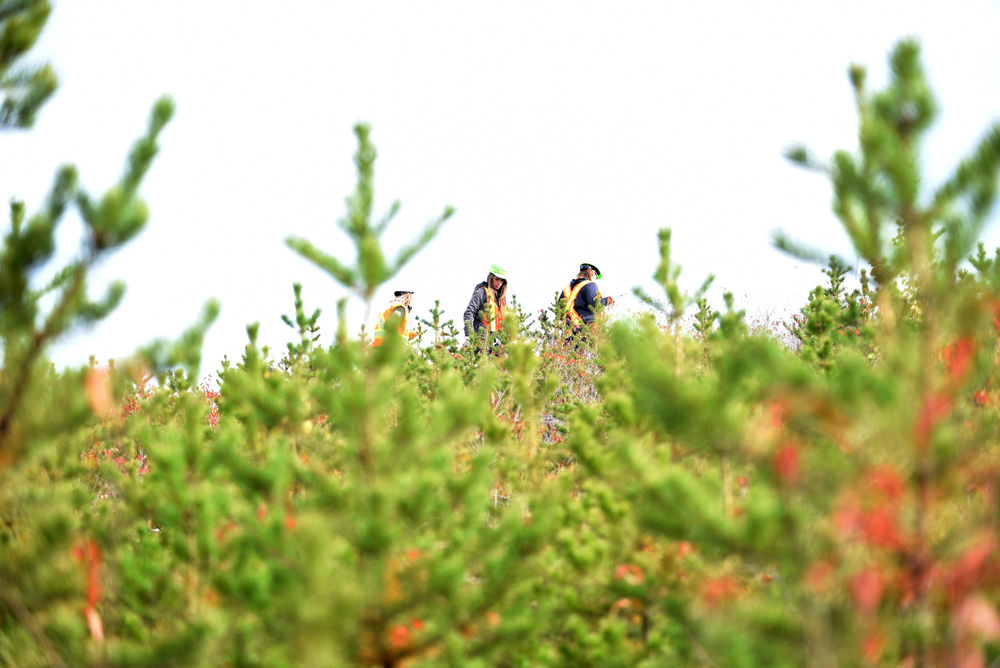
AER closure and liability staff review coniferous trees in a Fort McMurray reclamation area. Under the Environmental Protection and Enhancement Act (EPEA) and the Conservation and Reclamation Regulations, companies have a duty to: reduce land disturbance; clean up contamination (known as remediation); salvage, store, and replace soil; and revegetate the area.
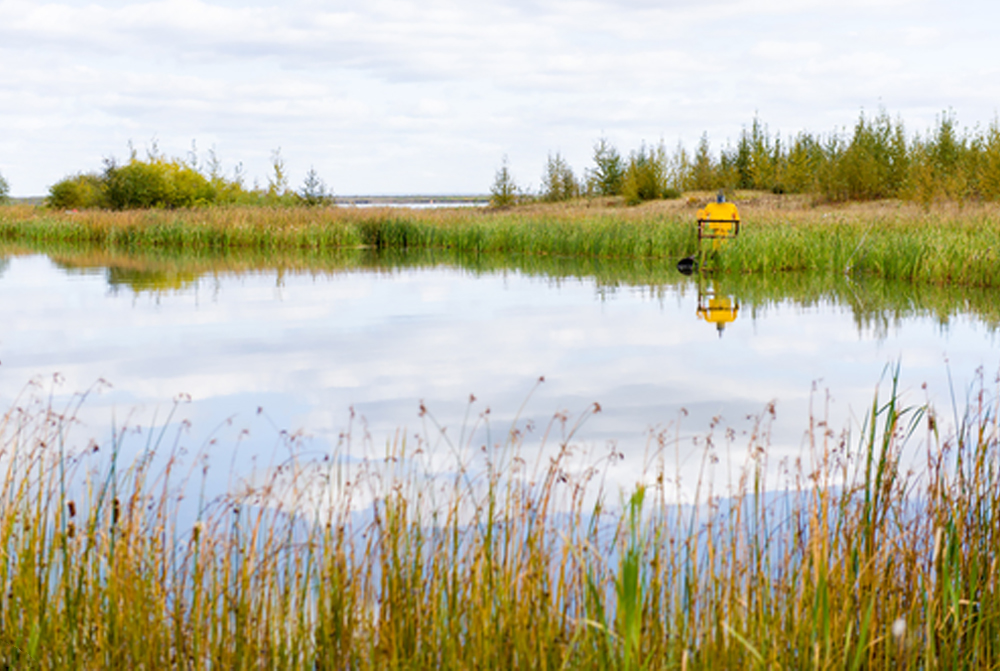
Since 2013, academic researchers from across Canada have been monitoring Syncrude Canada's BML trail pond near its Base Mine Lake as it evolves into an aquatic ecosystem. Researchers are monitoring the water quality, interaction with biological communities, development of the shoreline, and the establishment of plants and insects, among others. The goal is to demonstrate water capping technology, the process of capping fluid fine tailings with water to form a lake environment.
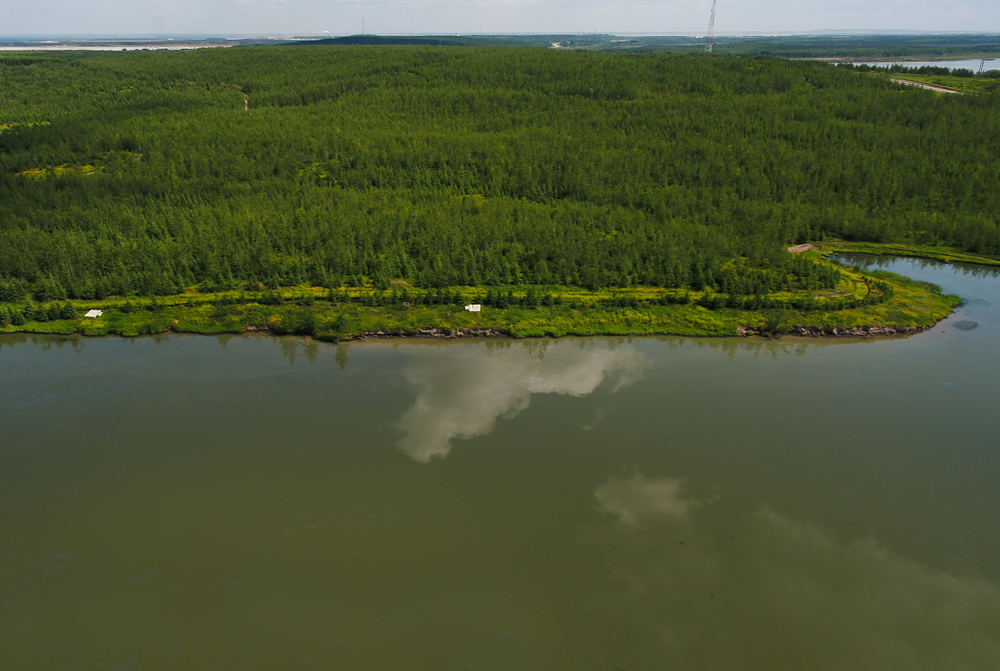
The South Bison Hills is about 380 hectares of upland forest with localized wetlands southwest of Syncrude Canada's Base Mine Lake Project. Since planting took place in the late 1980s/early 1990s, wildlife have returned to the area.
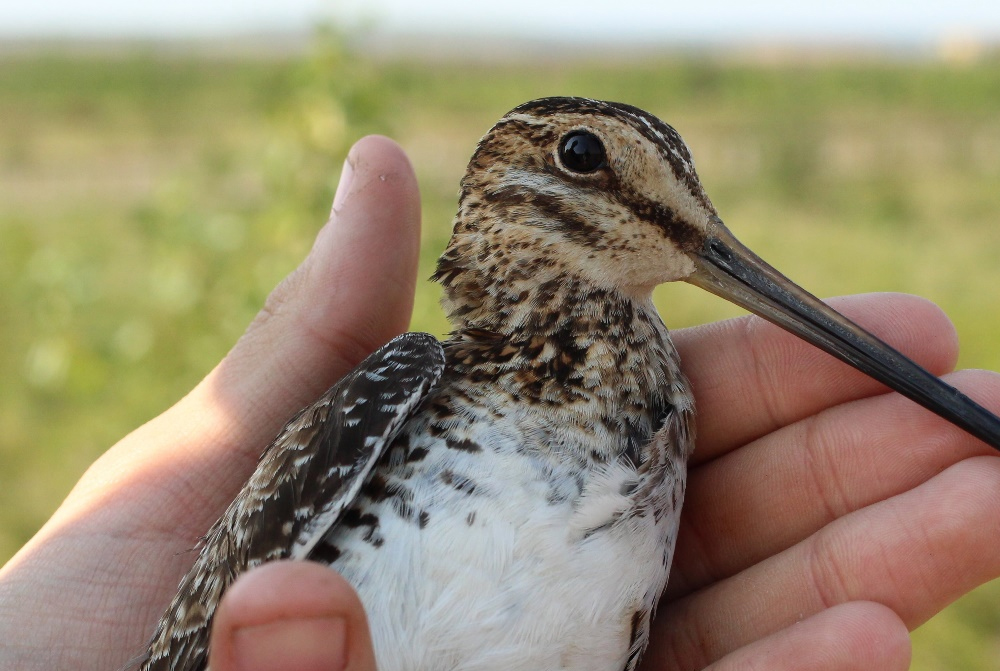
In 2019, this Wilson's Snipe (pictured above) was found nesting at the Sand Hill Fen Research project, Syncrude Canada's former East Mine. Wilson's Snipe is just one of the many birds calling the Sand Hill Fen home, along with species at risk like the Common Nighthawk. The Sand Hill Fen is being returned to the mosaic of wetlands and upland forested area it was before oil sands activity began.
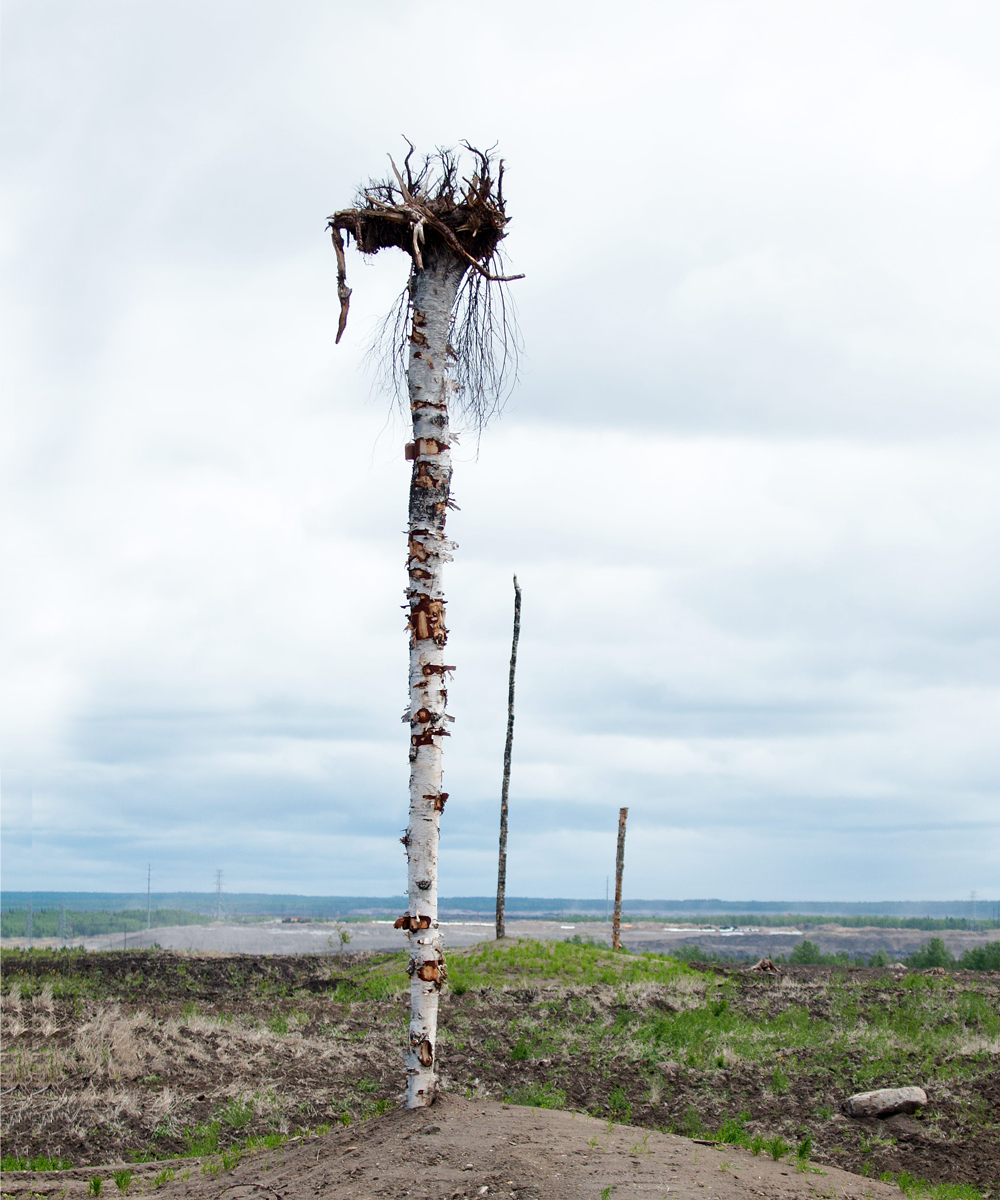
Wapisiw Lookout, formerly Suncor Energy's Pond 1 – the first oil sands tailings ponds to be reclaimed – has become home to a wide variety of wildlife in the Wood Buffalo region of Northern Alberta. Dead trees called snags or wildlife trees dot Wapisiw's landscape. They were deliberately placed upside down to create perches and nesting sites for birds, and habitat for other wildlife.
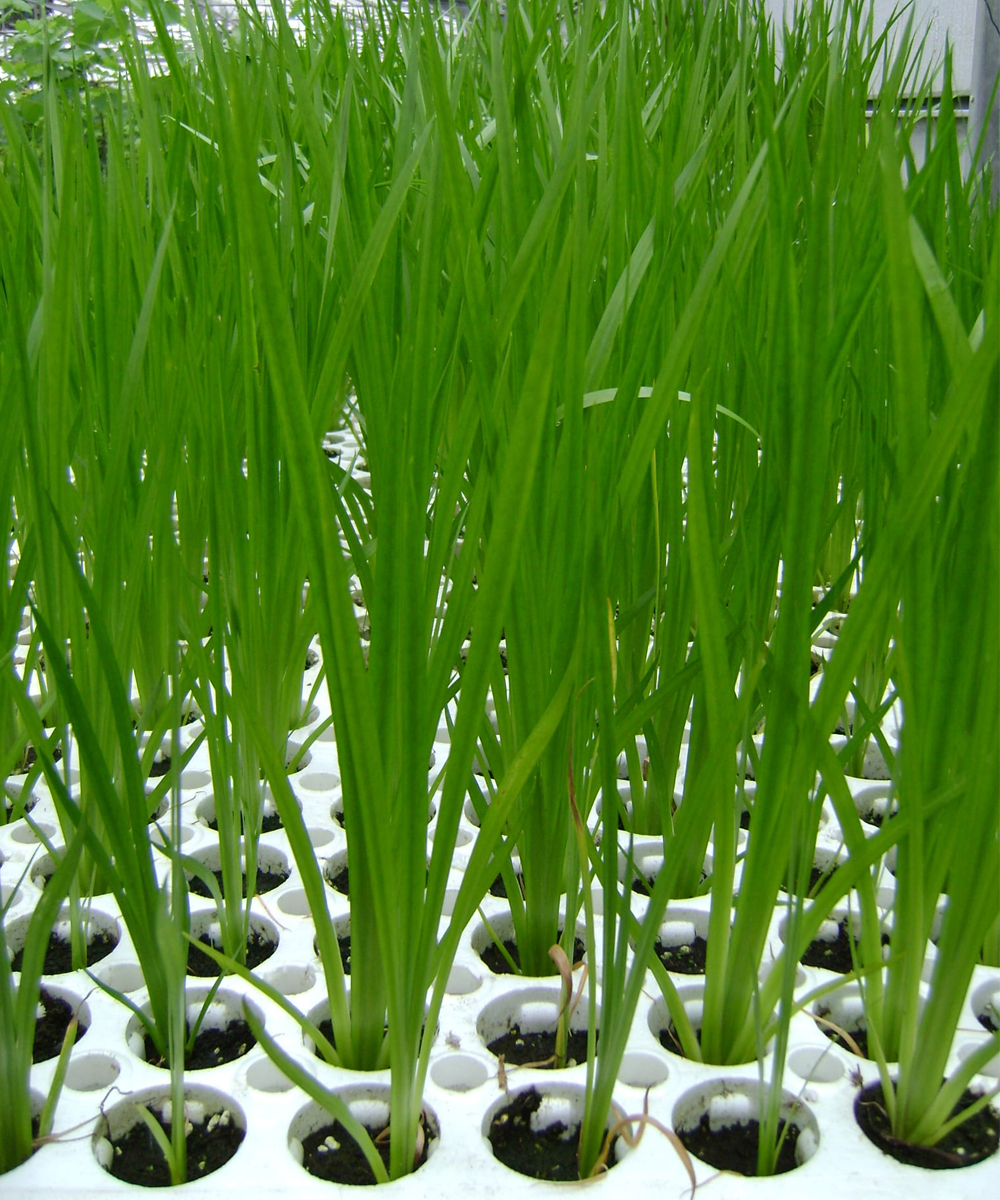
Before the 220-hectare watershed existed, Wapisiw Lookout was known as Pond 1, a storage area for oil sands tailings between 1967 and 1997. Since then, it has been going through the reclamation process and becoming a mixed wood forest with multiple streams and a small marsh wetland. In 2010, 620 000 trees, shrubs, and aquatics were planted, including rat root seeds that were originally grown in a greenhouse and later planted on the marsh on Pond 1.
Read more about how AER inspectors ensure that reclamation work is done according to our rules and regulations.
Tonya Zelinsky, Writer
Paula Ogonoski, Writer


